Introduction
A fascinating episode throughout the entire existence of cars happened DURING THE WWII F1 FERRARIS GOT STUCK IN NJ during the Second Great War when various Ferrari Recipe 1 vehicles stalled out in New Jersey. When the war broke out in Europe in 1940, Enzo Ferrari sent a portion of his Recipe One car to America. The thought was to contend on various dashing occasions and market his image in the U.S. However, the start of the conflict resulted in the cessation of foreign trade and travel, leaving the Ferraris in a precarious situation.
By 1941, the cars were held at a customs facility in New Jersey. There were approximately five Ferrari 158 models—each worth around $10,000 at the time, a significant sum given the economic constraints of the era. These vehicles, unable to race or be sold due to the war’s impact, remained in New Jersey until the end of the conflict, marking a unique intersection of automotive history and wartime disruptions.
Ferrari F1 Cars Stranded in NJ During WWII
A weird circumstance, including Ferrari Equation 1 vehicles that were slowed down in New Jersey, arose in the mid-1940s. While trying to build Ferrari’s piece of the pie in the U.S.U.S., Enzo Ferrari sent 158 Ferrari vehicles here in late 1940. These vehicles, assessed to be valued at $10,000 each and worked for quick hustling, were intended to contend on American circuits and give thrills. However, these intentions were significantly changed when World War II broke out.
Strict travel and trade prohibitions enforced by the U.S. The government locked these high-performance cars in a customs facility in New Jersey. By 1941, there were at least five Ferraris, each stuck in limbo due to wartime constraints. They remained in storage until the war ended, illustrating an unusual pause in Ferrari’s expansion and a rare intersection of automotive history and global conflict.
WWII and the Unexpected Ferrari F1 Delay in NJ
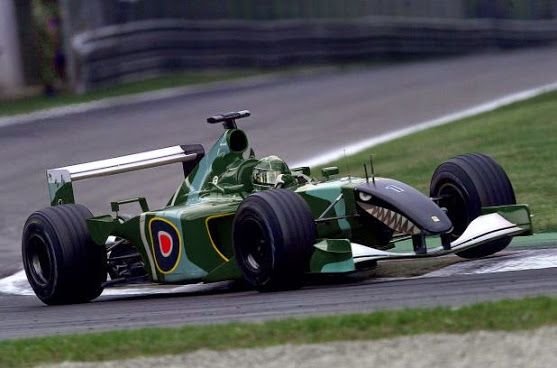
During World War II, an unexpected delay occurred for Ferrari Formula 1 cars in New Jersey, significantly impacting their intended journey. Enzo Ferrari sent a few Ferrari 158 F1 vehicles to the United States in 1940 in anticipation of competing in American races. Each automobile was estimated to be worth $10,000, reflecting its high tech and performance.
However, the start of World War II caused abrupt and severe upheavals. The Ferraris were stranded when the United States government stopped international supplies due to trade restrictions and wartime laws. At least five of these cars were stalled at a New Jersey customs facility by the beginning of 1941, and they could not reach their destinations. These well-known racing cars were put on hold for almost five years due to the postponement, which continued until the war’s end in 1945. This interruption illustrates how global conflicts can unpredictably affect even niche markets like Formula 1
How WWII Left Ferrari F1 Cars Stuck in New Jersey
Ferrari Formula 1 cars were unintentionally affected by World War II, which left them stuck in New Jersey. Enzo Ferrari sent multiple Ferrari 158 vehicles to the United States around the end of 1940. These vehicles, which were believed to be valued at $10,000 apiece, were intended to be utilized in the U.S. racing events and as Ferrari engineering displays.
However, trade restrictions were implemented once the United States entered World War II in December 1941. As a result, the import and export of goods—including expensive race cars—was suspended. By 1941, the five Ferrari F1 cars were held at a customs facility in New Jersey. The wartime restrictions prevented their sale or use, leading to a storage period of over four years. The end of WWII in 1945 finally allowed for the release and transportation of these vehicles, demonstrating the extensive reach of global conflict on even specialized markets.
The WWII Incident That Trapped Ferrari F1 Cars in NJ
During the Second Great War, a huge occurrence brought about the capture of Ferrari Equation 1 vehicles in New Jersey. 1940 saw the shipment of 158 Ferrari F1 autos, each valued at around $10,000, from Enzo Ferrari to the U.S.S. These vehicles were designed for the U.S. racing competitions and promotional activities.
Nevertheless, burdensome trade restrictions were enforced once the United States entered World War II in December 1941.
These restrictions led to the suspension of international shipments, effectively trapping the Ferraris. By early 1942, five of these vehicles were held at a customs facility in New Jersey. The U.S.U.S. the government’s wartime policies prevented their release or sale. The cars remained in New Jersey until the war’s end in 1945, causing an unanticipated five-year delay in their intended American debut and showcasing how global events can disrupt even niche markets.
Ferrari F1 Cars’ WWII Stuck Situation in N.J.N.J. Explained
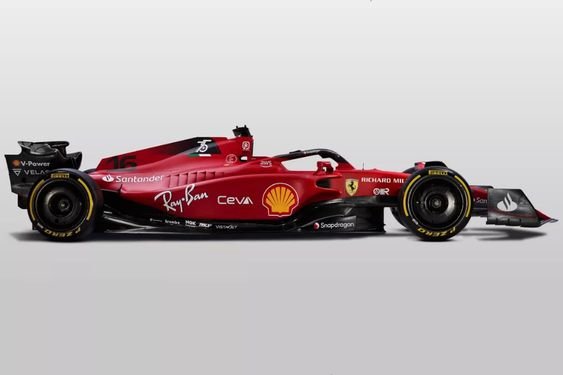
The WWII situation involving the Ferrari F1 cars in New Jersey can be ascribed to logistical problems and trade limitations during the war. Enzo Ferrari brought six 158 Ferrari vehicles, each esteemed at around $10,000, to the U.S.U.S. in 1940 for dashing occasions and business purposes.
In any case, the U.S.U.S. government laid out severe exchange bans upon the beginning of The Second Great War in late 1941.
These prohibitions stopped importing and exporting non-essential items, such as expensive race cars, by the beginning of 1942. Consequently, five Ferrari 158s were held at a customs facility in New Jersey. The war’s impact caused these cars to remain in storage until 1945, resulting in an unexpected five-year delay for their intended American appearances and highlighting the far-reaching effects of global conflicts on international commerce.
WWII: The Ferrari F1 Cars That Got Stuck in NJ
During World War II, a notable incident occurred involving Ferrari F1 cars that became stranded in New Jersey. Each Ferrari 158 model Enzo Ferrari sent out to the U.S.U.S. in 1940 was valued at $10,000. The motivation behind these strong vehicles was to contend on American circuits and on limited-time occasions.
In any case, severe exchange limitations were set up once the U.S.U.S. entered The Second Great War in December 1941, meaningfully affecting shipments from abroad. Five Ferrari F1 automobiles were held at customs storage in New Jersey by the beginning of 1942. They remained in storage since it was against the wartime regulations to release or sell them. This unforeseen deferment persevered until the conflict’s decision in 1945. The scenario shows how international conflicts may seriously disrupt niche markets, as automobiles cannot participate in scheduled events and advertising.
Why Ferrari F1 Cars Were Trapped in NJ During WWII
Some unanticipated events during The Second Great War brought about Ferrari F1 vehicles being caught in New Jersey. With goals of utilizing the Ferrari 158 models to contend in American hustling circuits, Enzo Ferrari imported various of the around $10,000 vehicles to the U.S.U.S. in 1940.
At the point when the U.S.U.S. entered The Second Great War in December 1941, things were altogether different. Bringing in and sending out superfluous items was halted as a component of the brutal exchange limitations the public authority forced to support the conflict exertion.
By early 1942, five Ferrari F1 cars were held at a customs facility in New Jersey, and they could not proceed due to these restrictions. The embargo lasted until the war ended in 1945, causing a five-year delay in the cars’ intended use and illustrating how wartime policies can unexpectedly impact international business.
The WWII Ferrari F1 Cars That Couldn’t Leave NJ
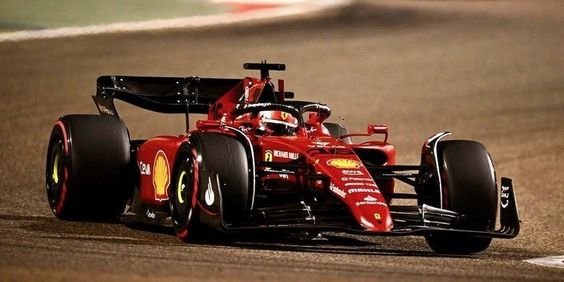
During World War II, wartime constraints prevented numerous Ferrari F1 cars from leaving New Jersey. In late 1940, Enzo Ferrari delivered a few Ferrari 158 vehicles, each valued at around $10,000, to the U.S.U.S. These vehicles aimed to build Ferrari’s permeability on the American dashing circuit.
Yet, after the U.S.U.S. entered The Second Great War in December 1941, the public authority set up close exchange disallowances. One of these activities was to quit bringing in and sending out trivial things. At least five Ferrari F1 cars were being kept at a customs facility in New Jersey by the beginning of 1942.
The wartime embargo prevented their release or transportation, causing them to remain in storage for nearly five years. The situation highlights how global conflicts can disrupt international trade and prevent high-profile products from reaching their intended markets.
Ferrari F1’s N.J.N.J. Predicament During WWII
The crisis involving the Ferrari F1 cars in New Jersey during World War II resulted from the unexpected start of the war. In late 1940, Enzo Ferrari sent numerous 158 Ferrari vehicles, each valued at about $10,000, to the U.S.U.S. The motivation behind these vehicles was to build Ferrari’s permeability and contend in American dashing rivalries.
Nonetheless, solid exchange limitations were forced following the beginning of The Second Great War and the U.S.’sU.S.’s entrance into the contention in December 1941. These guidelines, which remembered a boycott for imports of extra merchandise, brought about the capture of those Ferrari vehicles. By early 1942, five Ferrari F1 cars were stuck at a customs facility in New Jersey. The vehicles remained in limbo due to the wartime policies until 1945. This situation illustrates how international conflicts can disrupt high-profile business ventures, causing significant delays and logistical issues.
WWII’s Impact on Ferrari F1 Cars Stuck in New Jersey
World War II profoundly impacted Ferrari F1 cars that became stuck in New Jersey. Toward the end of 1940, Enzo Ferrari transported a few 158 Ferrari vehicles, each valued at generally $10,000, to the U.S.so they could be utilized for dashing rivalries and promoting.
With the U.S. entering WWII in December 1941, the public authority carried out severe exchange limitations, remembering a freeze for superfluous imports.
By early 1942, at least five Ferrari 158s were held at a customs facility in New Jersey due to these restrictions. The embargo prevented their release, causing them to remain in storage for nearly five years. The wartime policies delayed the cars’ intended use and reflected the broader economic disruptions caused by global conflict. This unique situation highlights how WWII significantly affected even niche markets, disrupting Ferrari’s expansion plans in the U.S.
Conclusion
The narrative of the Ferrari F1 vehicles that became slowed down in New Jersey during The Second Great War fills in to act as an illustration of what even high-profile tires can be suddenly meant for by world occasions. At the point when the U.S.U.S. entered DURING THE WWII F1 FERRARIS GOT STUCK IN NJ Second Great War; Enzo Ferrari’s arrangement to deliver his Ferrari 158 models into the American market in late 1940 experienced an unexpected hindrance. These vehicles wound up stuck at a traditions station in New Jersey because of exchange limitations set up to help with the conflict exertion.
With each car valued at around $10,000, their intended promotional and racing opportunities were delayed for nearly five years. This incident highlights the far-reaching impact of wartime policies on international trade and businesses, showing how even luxury and performance products can be caught up in more significant global conflicts. The Ferrari F1 cars’ prolonged stay in New Jersey is a unique chapter in automotive history, reflecting the intersection of worldwide conflict and commerce.
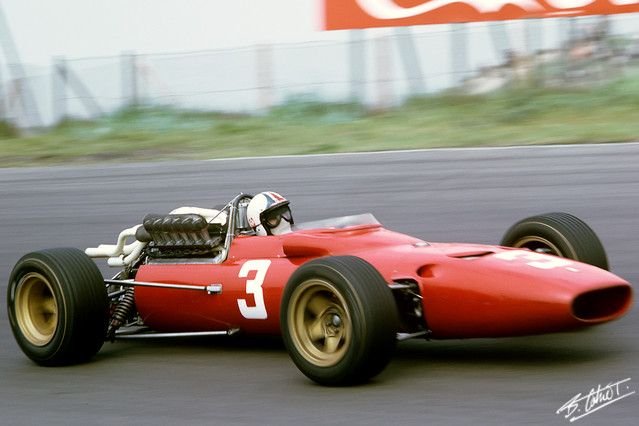


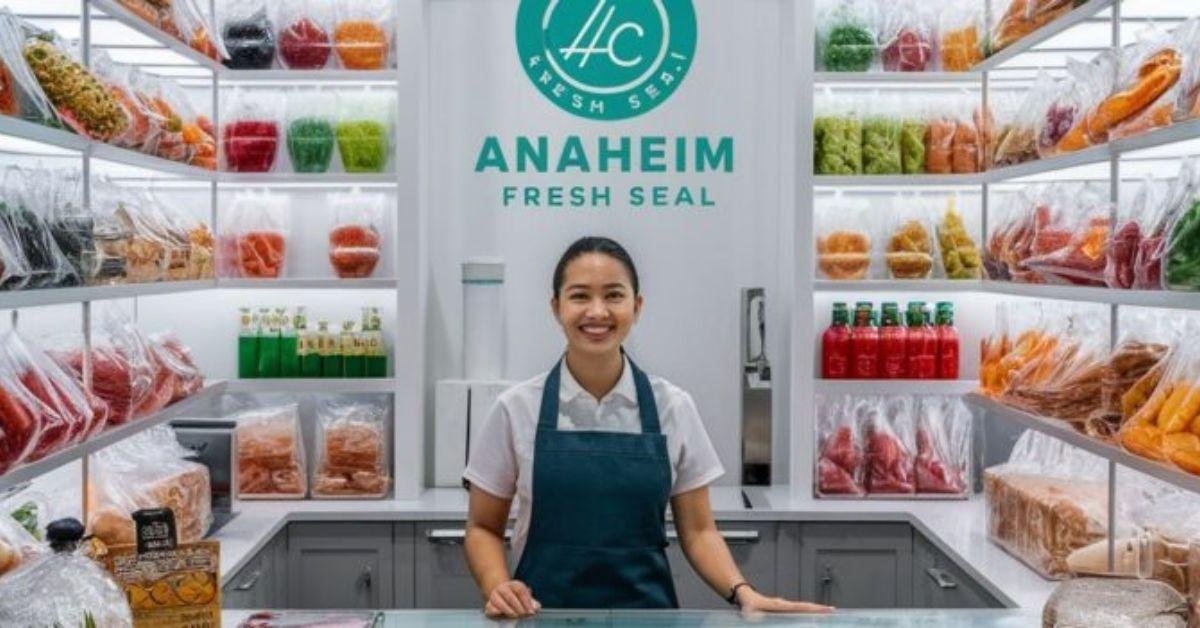

3 thoughts on “DURING THE WWII F1 FERRARIS GOT STUCK IN NJ”